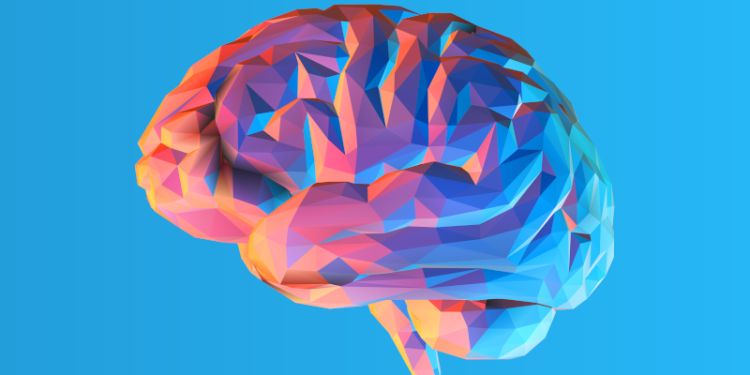Understanding the "traffic brain"

New research by the Institute for Transport Studies helps reveal how our brains make critical decisions when driving vehicles.
It has been known for some time that when humans make decisions of an abstract, static nature in lab experiments (e.g., “is this patch of colour brighter than that patch of colour?”), our brains go about this by summing together noisy evidence for different decisions over time, until one of the alternatives reaches a decision threshold.
A new research paper, led by Professor Gustav Markkula from the Institute for Transport Studies, and published in PLOS Computational Biology, proves the first strong evidence that the brain uses this type of decision-making also in more complex, real-life tasks, such as determining whether one is on a collision course with another car while driving.
The research team provided tentative evidence to this effect in a range of tasks previously (balancing a stick, steering a car, deciding when to cross a road), but this paper provides the first fully methodologically stringent evidence, for the specific task of collision threat detection.
This is important both since it demonstrates that theories developed in cognitive neuroscience labs hold also in real-world contexts, and since it improves our understanding of human behaviour in road traffic, which is needed not least to develop automated vehicles that can coexist safely and acceptably with human road users.




